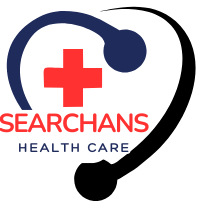Medical conditions are health problems that affect how you feel or function. Some can be remedied, while others cannot.
Some treatments can provide relief for specific diseases or illnesses — for instance, antibiotics can treat bacterial infections — but many individuals struggle with health conditions that do not yet have a solution — like cancer or heart disease.
Symptoms
Medical symptoms are the physical and emotional manifestations of illness or condition observed by a patient and reported to health-care professionals, such as pain, fever, fatigue, swelling and difficulty breathing. Many diseases or conditions do not produce visible symptoms and must instead be detected through tests; such conditions include AIDS, cancer, diabetes and mental illnesses such as depression bipolar disorder and schizophrenia.
Your blood system carries oxygen and nutrients to all the cells of your body.
Diagnosis
Symptoms are used by our bodies to communicate health problems and prompt an effective solution search. Accurate diagnosis is key for providing appropriate treatments that support overall wellness in life.
Once a patient becomes part of the healthcare system, there will be several rounds of information gathering, integration and interpretation, and formulating a working diagnosis. Clinicians may employ various means to gather data – taking medical history notes, performing physical examinations, ordering diagnostic tests or consulting or referring other practitioners may all help gather this data; but this process may take time, as new data comes in which could alter original hypotheses.
The musculoskeletal system provides support, strength and movement while the blood system delivers oxygen and nutrients to organs, tissues and cells in your body. Your digestive tract and related organs break down food for fuel delivery while cancerous cells grow uncontrollably in other parts of your body – but both systems work in harmony for healthy living!
Medical diagnosis involves using laboratory and imaging tests to ascertain an underlying health problem. These diagnostic tools help pinpoint conditions that cannot be diagnosed by physical examination alone; for instance, cancer requires biopsies to test tissue for signs of malignancy while diabetes relies on blood tests that measure glucose levels.




